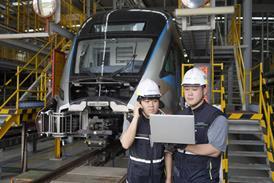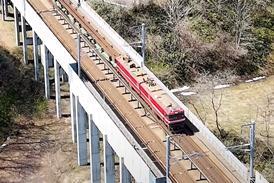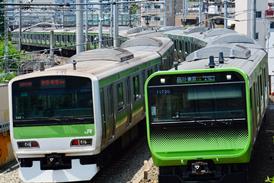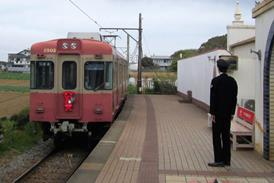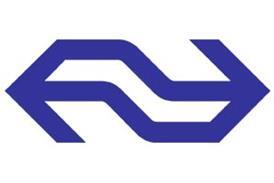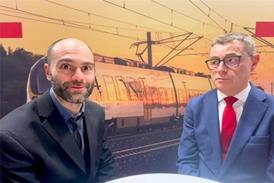Close menu
- Home
-
News
- Back to parent navigation item
- News
- Traction and rolling stock
- Passenger
- High speed
- Freight
- Infrastructure
- Policy
- Technology
- Ticketing
- Business
- Research, training and skills
- Accessibility and inclusion
- People
- Urban rail news
- Suburban and commuter rail
- Metro
- Light rail and tram
- Monorail and peoplemover
- Regions
- InnoTrans
- In depth
- Events
- Data
- Maps
- Tenders & Jobs
- Sponsored content
- Insights
Manchester may get first Network Management Centre
By Railway Gazette International1998-07-01T10:00:00
INTRO: The Railtrack board will shortly receive the business case for concentrating operational control of Britain’s 16600 route-km in about nine Network Management Centres. Richard Hope asked Andrew McNaughton to explain the strategyCSX TRANSPORTATION was the first major railway to exploit the almost limitless capacity of modern communications technology by ...
Already have an account? LOG IN
To continue…
You’ve reached your limit of content for the month

